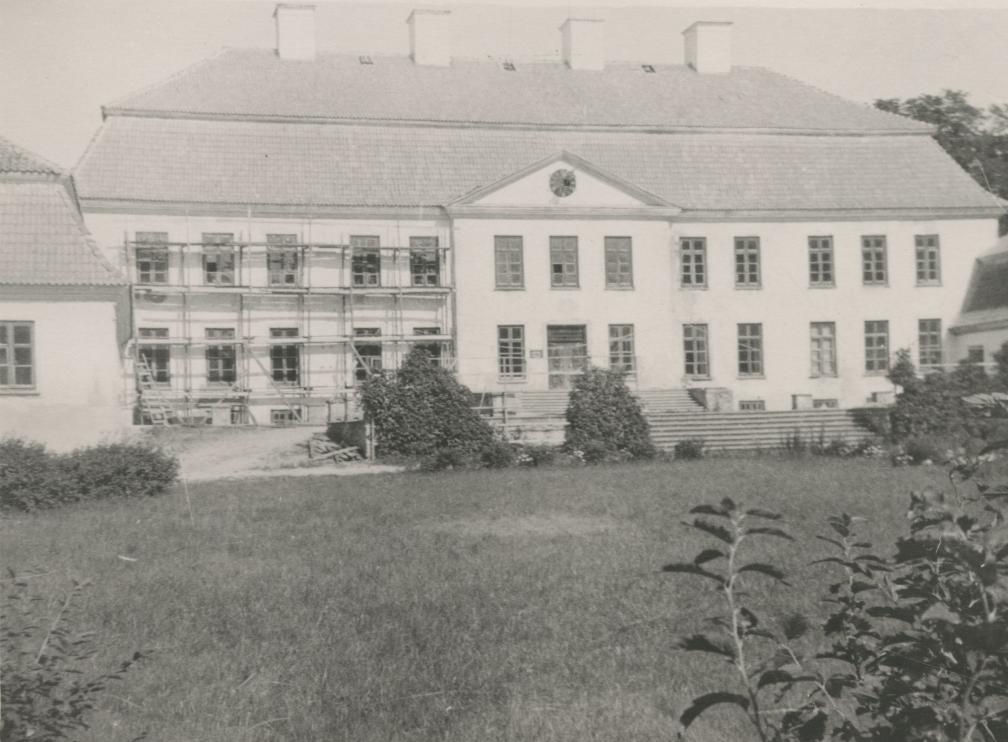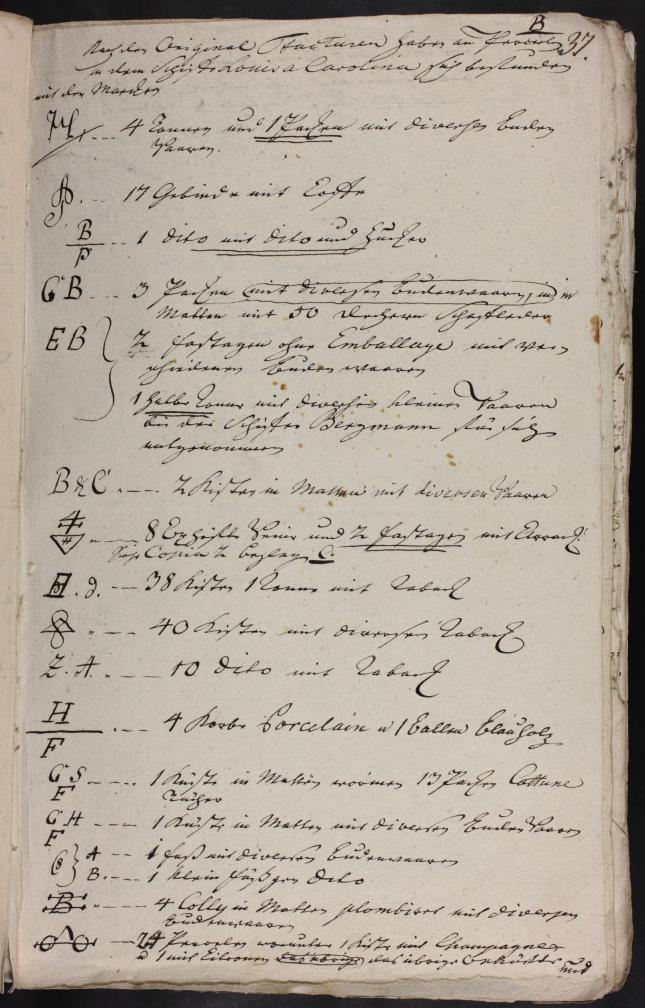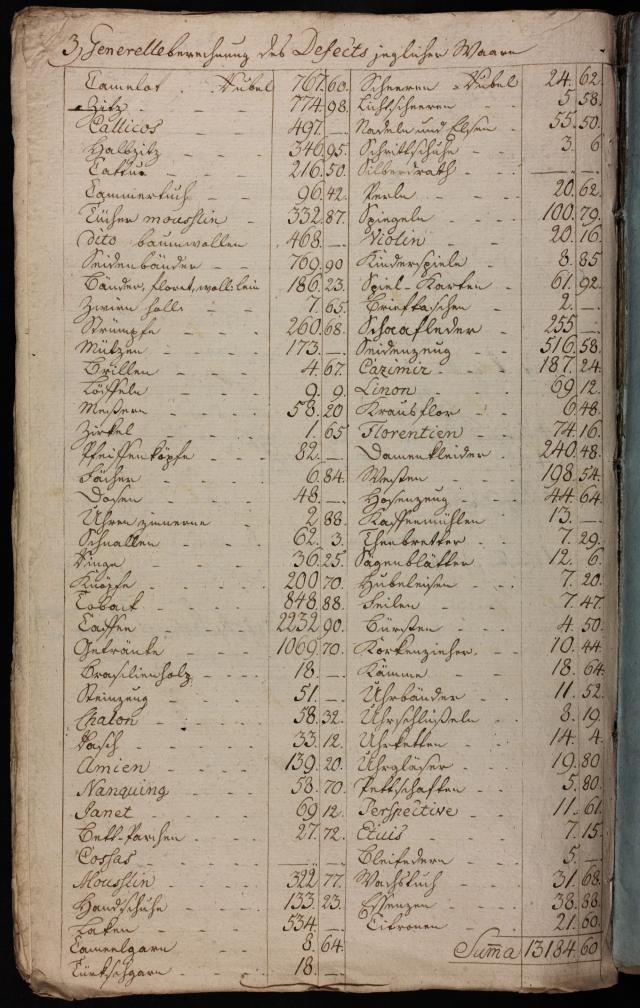Wrecking, the illegal seizure of materials and cargo of shipwrecks, was an important economic activity for several centuries, and it was performed along many coastal areas around the world. The international scholarly tradition usually views wrecking as an activity of the common people, but this blog post sheds light on the deceptive and opportunistic activities of manorial lords, who were responsible for enforcing the law at the local level by performing police and court functions, but who, at the same time, could benefit also from wrecking.
In the well-developed manorial society, like in Estland and Livland at the end of the eighteenth century, the authorities possessed effective means to discipline the coastal peasants, and thereby kept popular violence at bay. This can be attributed not so much to the tightening of the criminal justice system – that is, both jurisdiction and actual verdicts – but to the nature of peasant-landlord relationships. At the end of the eighteenth century and in the early nineteenth century, the penalties meted out to serfs for wrecking were rather mild and usually in the form of corporal punishment. The many different means by which justice was shaped were local and decentralized. In situations where landlords were police, local judges, and organizers of salvage (and thus entitled to a salvage reward), coastal folk could steal only a limited amount of goods, with little value, to an extent that did not harm the landlords’ interests. On the small islands off the west and northwest coast, where there were either no manorial lords, or the lords who controlled them were unable to control everything, the peasants, however, would go salvaging and wrecking on their own, often evading the attention of the courts.
This blog post has two parts: the first deals with the manorial lords’ deceptive and opportunistic activities in general, and the second takes a closer look at one notorious case that occurred in Hiiumaa in 1797.
In the Swedish law of 1667, the amount of salvage reward depended on the value of the cargo but normally it could not exceed the value of 60 Riksdalers. This rule held up until the mid-eighteenth century. The Russian maritime and shipping law of 1780 raised the salvage reward considerably. Salvage was one quarter to one sixth of the goods. A distance of up to one verst (approximately one kilometre) entitled the rescuer to one sixth of the cargo’s value; a greater distance entitled him to a quarter. The Russian maritime law entitled “anyone” who helped with the rescue and provided shelter to the people, cargo and things to a reward from the ship owners, but in reality the reward was usually taken by the manorial lord. The manorial lords believed that if the wreck happened in their waters, it was they who were entitled to the salvage reward and not the people who got to the wreck first and actually salvaged the crew and cargo. The coastal landowners used their landowning position on the one hand and the subordinate status of serf peasants on the other to obtain entitlement to salvage as sole salvors. Generally, the actual salvors – coastal peasants – had to put up with meagre wages paid by lords or the days spent salvaging were deducted from the workdays they owed the manor.
A diving company established by the Senate’s decree in 1755 to rescue ships on the Estonian coast proved to be ineffective, as it lacked sufficient workforce, boats, technical skills, information networks (serfs informed the landlords and not the agents of the company) and knowledge and was successfully outmanoeuvred by the local manorial lords. The company was located on the north-west coast of Estland and could not reach the wreck site on time. It had to hire the workforce – serfs owned by manorial lords – on ad hoc basis, while the manorial lords had enough boats and men at their disposal right away.
Salvage and wrecking were often practised side by side, occupying the grey zone between legality and illegality. When, in addition to receiving a salvage reward, the manorial lords wanted to benefit from the shipwreck, they did not need to seize ship parts and the cargo of shipwrecks illegally, especially considering that, if discovered, they would have lost the salvage reward. Rather, they had other means of manipulation. Rescue “against the will” was one of them. Accusations about rescue “against the will” were made when the skipper thought that the ship could have made it without the eager “help” sent from shore, or if the price demanded for the rescue was unrealistically high. The manorial lord could also give the skipper bad advice so that the ship would run aground. Then they tried to extort a salvage reward for unloading the valuable cargo. Another opportunistic measure tried successfully over and over again involved a demand to sell the goods at the manor as quickly as possible due to the risk of damage, or under some other pretext, so that the manorial lord or his business partners could buy the cargo at the best prices, or to allow the goods to be sold only in bulk and not by piece. Living far from the nearest towns meant that manorial lords would have no wealthy competitors, who might have been able to buy expensive goods and, if the auction were carried out quickly, they would be able to purchase the whole cargo cheaply. Another common trick was to demand a salvage reward in kind and resell the goods at higher prices in Riga and Tallinn.
If a large amount of goods was said to have been destroyed, washed away, gone missing, or could not be salvaged at the moment (providing an opportunity to return later and remove them in secret), it could also be classified as direct fraud or theft. The various levels of police and judicial authorities were incapable of solving the cases of “lost merchandise” when all locals engaged in salvage denied any theft and testified that some of the goods may have perished due to the poor weather conditions. The disputed circumstances were often either dubious or too complicated for the court to ascertain.
The case of the Swedish ship Louisa Carolina in 1797 is illuminative about the deceptions by the manorial lords. The ship wrecked near Hiiumaa, where the Ungern-Sternbergs owned the entire northern part of the island along with the most advantageous part of the coastline. The coast has numerous shoals and it lied on a major sea route to and from the capital of the Russian Empire. In 1781, Baron Otto Reinhold von Ungern-Sternberg (1744-1811) bought Kõrgessaare Manor (Hohenholm) from Carl Magnus Stenbock and in 1796 he acquired Hiiu-Suuremõisa (Grossenhof) from Count Jakob Pontus Stenbock (1744-1824), deeply in dept, as a repayment of the promissory notes.

Islands off the west coast of Estonia, 1704. RA, EAA.308.2.28

Photo: Baron Otto Reinhold von Ungern-Sternberg (1744-1811). Source: Wikipedia

The manor of Kõrgessaare in Hiiumaa. Glass negative photo of a drawing (1843). RA, EAA.1414.2.94.3

The manor of Hiiu-Suuremõisa. RA, EAA.5266.1.1264, no 128
In the evening of 20 October 1797, in a heavy snowstorm, the vessel Louisa Carolina of carrying capacity of 26 lasts, shipping besides ballast also valuable general goods from Lübeck to Ekenäs hit a reef in the waters of Kõrgessaare Manor and sprang a leak. The cargo got wet.

Excerpt from the list of cargo of Louisa Carolina. RA, EAA.858.1.6084, f. 37
Customs and the owners of the cargo did not believe skipper Erik Johann Bergmann and the manorial lord, Baron Otto Reinhold Ludwig von Ungern-Sternberg, who claimed that some of the goods had sunk or were damaged due to the serious damages on the ship. The skipper and the lord also claimed that the identification marks on the parcels and packages had become illegible and all the goods had to be unpacked and laid out to dry in Suuremõisa Manor. Customs and the owners were suspicious that vessel documentation and invoices had become illegible because of water damage. Discrepancies between the invoices owned by the merchants and the lists of goods that had reached customs warehouse in Tallinn were remarkable — more than one fourth of the cargo had disappeared and some articles of goods were completely missing, bringing the overall value of “vanished” goods to 10,000 roubles.

Excerpt from the list of “lost merchandize” compiled by Tallinn customs office. RA, EAA.858.1.6093
Baron Ungern-Sternberg claimed also, by referring to Bergmann, that the charters did not load all the goods indicated in the Proforma-Conoissemente (fictitious certificates), in the hope that on the occasion of a shipwreck the insurance will compensate the “loss” of the unloaded goods as well.
Baron Ungern-Sternberg was able to claim before judges and police magistrates that his looting was actually work done to rescue the ships, and thus he outmanoeuvred the justice system. The treasury official, Reinhold von Richter, ruled that the evidence supporting the accusations of obstructing the work of customs, losing vessel documentation, damaging the packaging, removing labels and stealing in general was insufficient, as was the claim that the manorial lord took advantage of the skipper’s helpless situation by demanding a disproportionally high salvage reward. Baron Ungern-Sternberg justified his request of the salvage reward of one third of the cargo by claiming that he had managed to save the ship from “inevitable” loss. He blamed heavy storm and rough sea for the delay in the rescue operation.
The ship insurance was unsatisfied with such developments and turned to the Collegium of Foreign Affairs in St. Petersburg. The Senat ordered the Estland Supreme Land Court to start a new investigation. In 1803, Otto von Ungern-Sternberg’s manors were searched and a number of goods were found that had been previously listed by him as “lost merchandize”. Furthermore, Baron Ungern-Sternberg had hidden over years goods that the skipper had hoped to smuggle to Ekenäs. In 1804, Baron Otto von Ungern-Sternberg was found guilty and sent to Siberia for deception in salvaging ships and for the killing of Captain Carl Johan Malm, a Swede who captained one of baron’s ships.
One of the key figures in the investigation against Baron Ungern-Sternberg was his foeman Jakob Pontus von Stenbock, the former owner of Suuremõisa Manor, who knew very well the different fraudulent activities of the manorial lords. As a lord of Emmaste Manor in the southern part of Hiiumaa, he had to put up only with the revenues from “salvaging” these few ships that passed eastern coast of the island on their way from St. Petersburg to Riga.
Most of the wrecking cases are included in the Estonian shipwreck register, but those maritime accidents where ship was saved are not included in it. The Estonian shipwreck register was initially developed within the framework of the international cooperation project SHIPWHER from 2010 to 2013 and now it is developed further by the National Heritage Board of Estonia. The data entered until 2013 is publicly accessible in Estonian as well as in English. The later amendments and additions will be made publicly available in 2019.